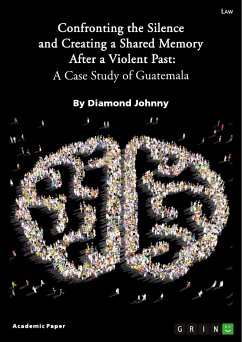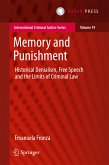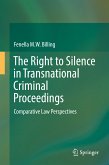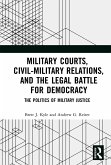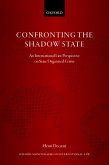Document from the year 2025 in the subject Law - European and International Law, Intellectual Properties, grade: A+, , language: English, abstract: The 1960s to 1996 marked the putative end of Guatemala's 36-year internal armed conflict. During the conflict, an estimated 45,000 persons were detained and disappeared, 200,000 were killed, and over 1,000,000 persons were forcibly displaced; 83% of the victims were Mayan indigenous, and state forces conducted an estimated 93% of crimes of the conflict. (Commission for Historical Clarification, 1999). To confront these atrocities, societies and individuals must come to terms with them through collective memory. Through the comparative case study of Rwanda, Argentina, and Guatemala, it is demonstrated how, collectively and individually, "remembering and telling the truth about" unspeakable atrocities has played a central role in both official and personal efforts to reckon with the legacies of brutal dictatorships and to move forward toward democracy and healing. Different groups have used various storytelling methods to negotiate and challenge collective memory in Guatemala. These methods include oral history, testimonies, and visual arts such as murals and photography. These methods have played a critical role in uncovering and documenting past atrocities and promoting healing and reconciliation among different communities.
Dieser Download kann aus rechtlichen Gründen nur mit Rechnungsadresse in A, B, BG, CY, CZ, D, DK, EW, E, FIN, F, GR, HR, H, IRL, I, LT, L, LR, M, NL, PL, P, R, S, SLO, SK ausgeliefert werden.

